Attract birds to your garden
Buy feeders, nest boxes and more from our online shop.
Visit the shop now
Content editor
While many birds enjoy feasting on the treats hidden in garden bird feeders, what do they eat in the wild? From garden birds to waterfowl and summer migrants, find out what birds eat in the wild and how their diet can change with the seasons.
Although the delights left out on bird feeders are often the preferred dietary choice for garden birds, there are lots of other food options too.
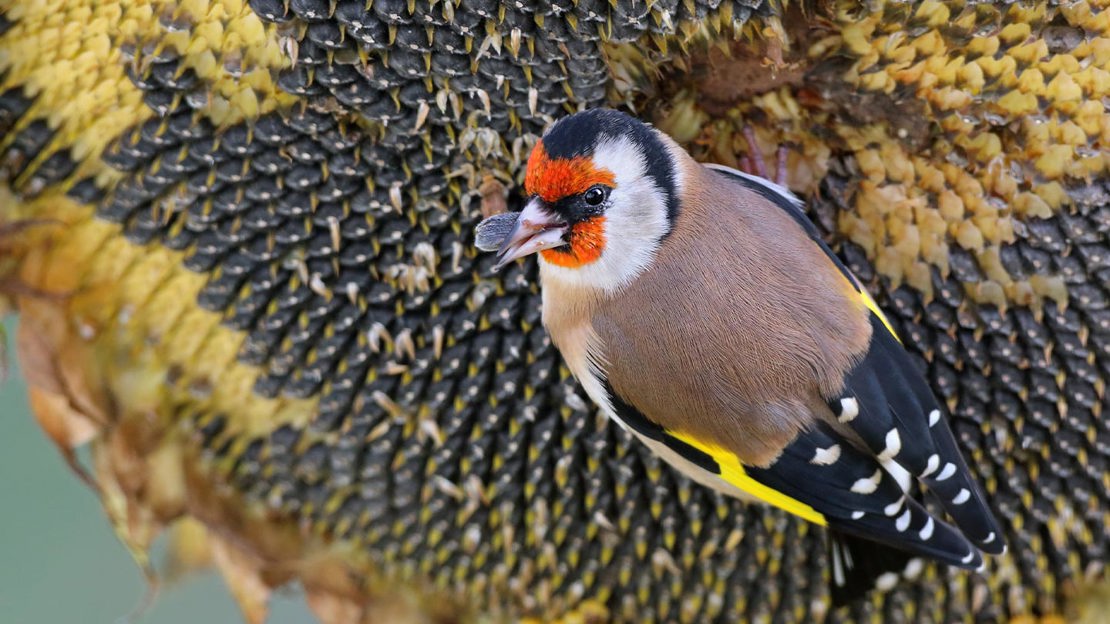
These ground-feeding birds scurry along roadside verges and garden lawns searching for earthworms, insects and snails. When autumn rolls around, blackbirds also enjoy taking advantage of the berry harvest.
Robins are common garden visitors, often seen perched on spades searching for earthworms. They eat insects such as beetles and spiders, and will eat berries and seeds they find on shrubs, trees, and vines.
Seed makes up a big part of the house sparrow’s natural diet. Their stout bill helps them to easily pick seeds from plants, such as dock. During the summer, when invertebrates are plentiful, they will catch aphids and caterpillars to feed their young.
Chaffinches and goldfinches both have seed-based diets. The bill of a goldfinch allows it to take small seeds from plants such as teasels, thistles and ragwort. Both chaffinches and goldfinches will also take invertebrate prey during the summer.
Woods and trees are packed full of food options for woodland birds, from the insects that hide in dead wood to the seeds growing on trees.
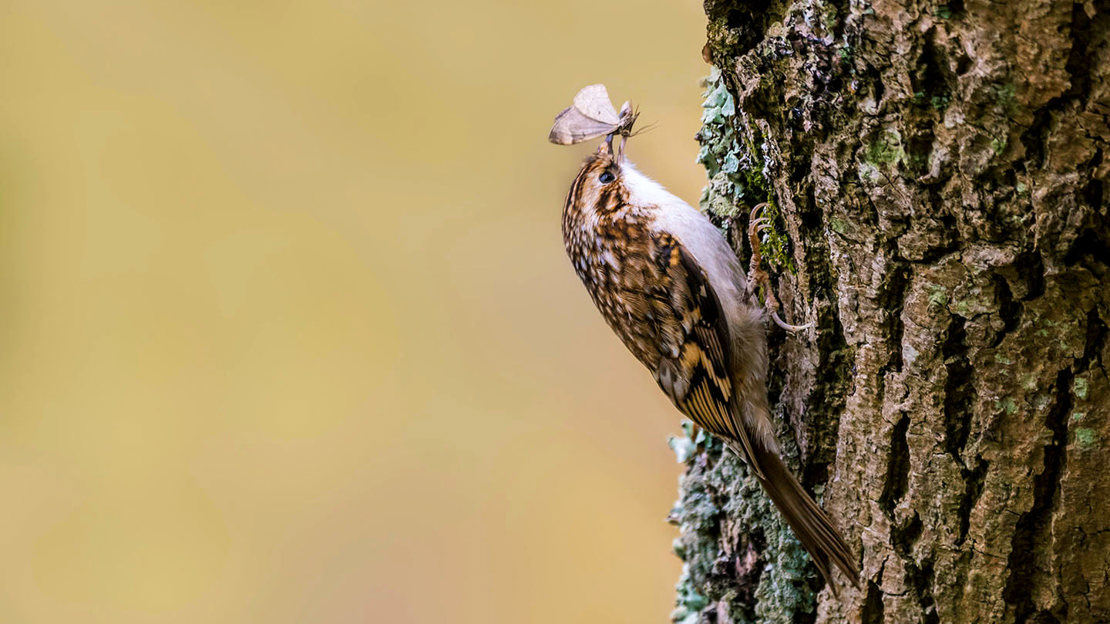
These birds find food by knocking at dead wood with their bill. Great spotted woodpeckers then use their lengthy tongue to find their invertebrate prey, such as beetle larvae. During the winter, when insects are scarce, their diet includes a greater amount of nuts and seeds.
Sparrowhawks are especially adapted hunters, preying on various woodland bird species. The male, being smaller in size, will catch species such as great tit. The female can take larger prey, such as starling and woodpigeon.
Starting at the bottom of a tree and working its way up, the treecreeper will search for insects and spiders. It uses its stiff tail feathers to support itself while doing so. During the winter it will also feed on seeds.
Tawny owls hunt in woodland at night, feeding on small birds, mammals, rodents and frogs.
Although many people might assume that all ducks eat the same food, they actually have different dietary preferences.
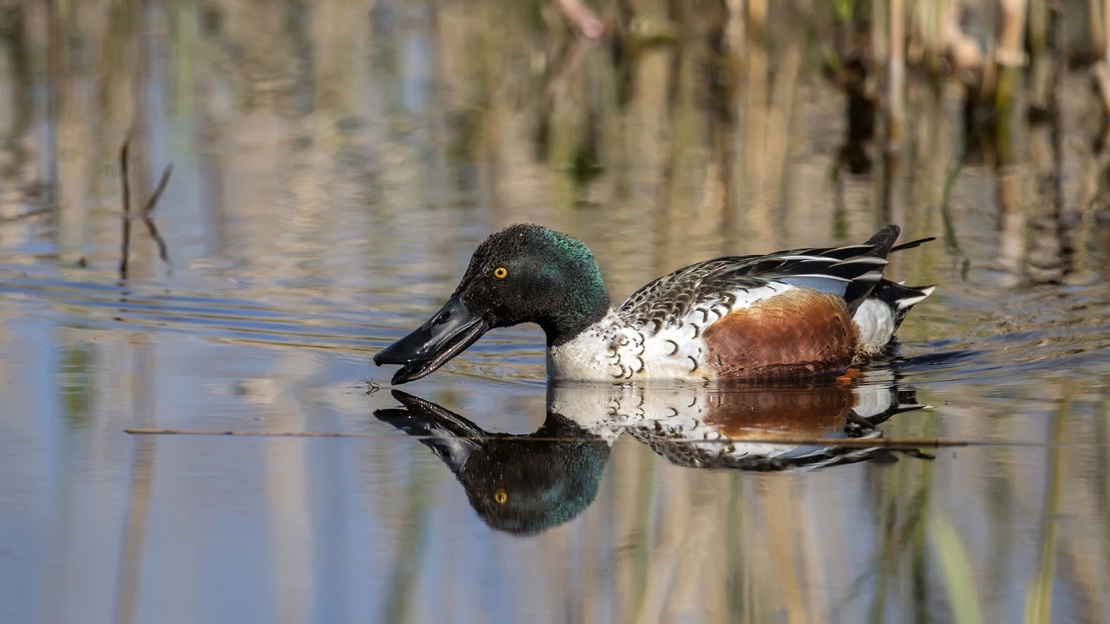
Shelducks feed on invertebrates and molluscs such as worms, larvae and shellfish.
The shoveler filters water through its bill, picking up small crustaceans and insects.
The best-known duck has a varied diet, feeding on plant matter, seeds, insects, berries and shellfish.
Mute swans feed on vegetation and aquatic plants, like pondweeds. They use their long neck to reach the desired plants.
Despite the huge number of wading bird species, they are all adapted to feed on particular food sources, often in a certain depth of estuary mud.
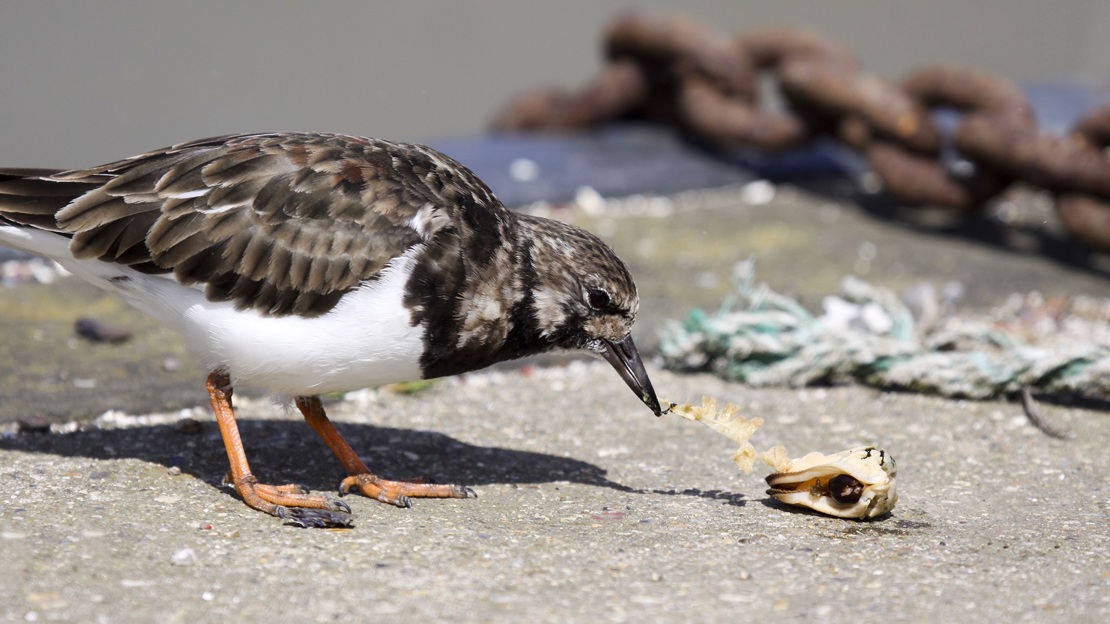
Curlews have a long, downcurved bill which enables them to extract prey from the estuary mud. They eat lugworm and ragworm, as well as crabs, shellfish and other prey. They can be seen in fields feeding on earthworms. Their diet can also consist of invertebrates, such as beetle larvae.
The avocet can often be seen moving its bill from side to side through shallow water as it feeds. Its diet consists of worms, crustaceans and invertebrates, like midge larvae.
The lapwing, which has a smaller bill, feeds on invertebrates like leatherjackets and beetles. It takes them from the ground or close to the surface of the water.
Turnstones feed on mussels, periwinkles, crabs and barnacles, as well as insects.
During the summer our skies fill with the dark silhouettes of migrant birds. It is the invertebrate-heavy diet of these species, as well as the colder temperature, which means they migrate and do not spend their winter in the UK.
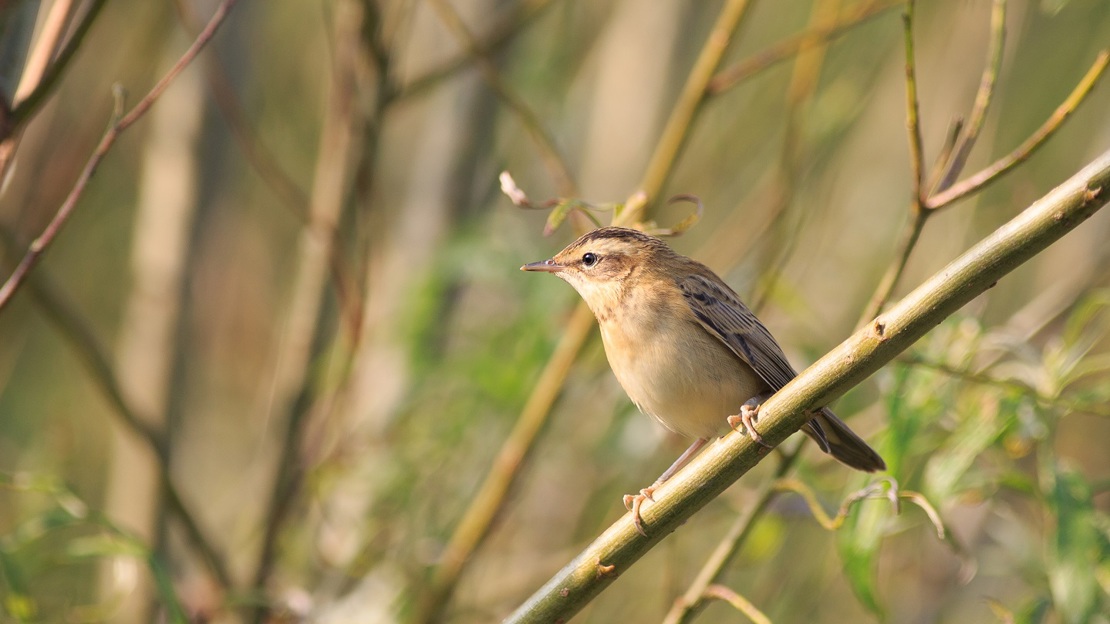
Swallows catch their prey on the wing. They enjoy a diet of small invertebrates, including gnats, mosquitos and flying ants.
Like swallows, swifts also catch their prey on the wing. They eat flying insects like hoverflies, beetles and aphids.
Warblers, such as the reed and sedge warbler, feed on invertebrates. These include beetles, spiders and small snails.
House martins also eat their prey almost exclusively on the wing. They eat flying insects such as beetles, flies and aphids.
Buy feeders, nest boxes and more from our online shop.
Visit the shop now